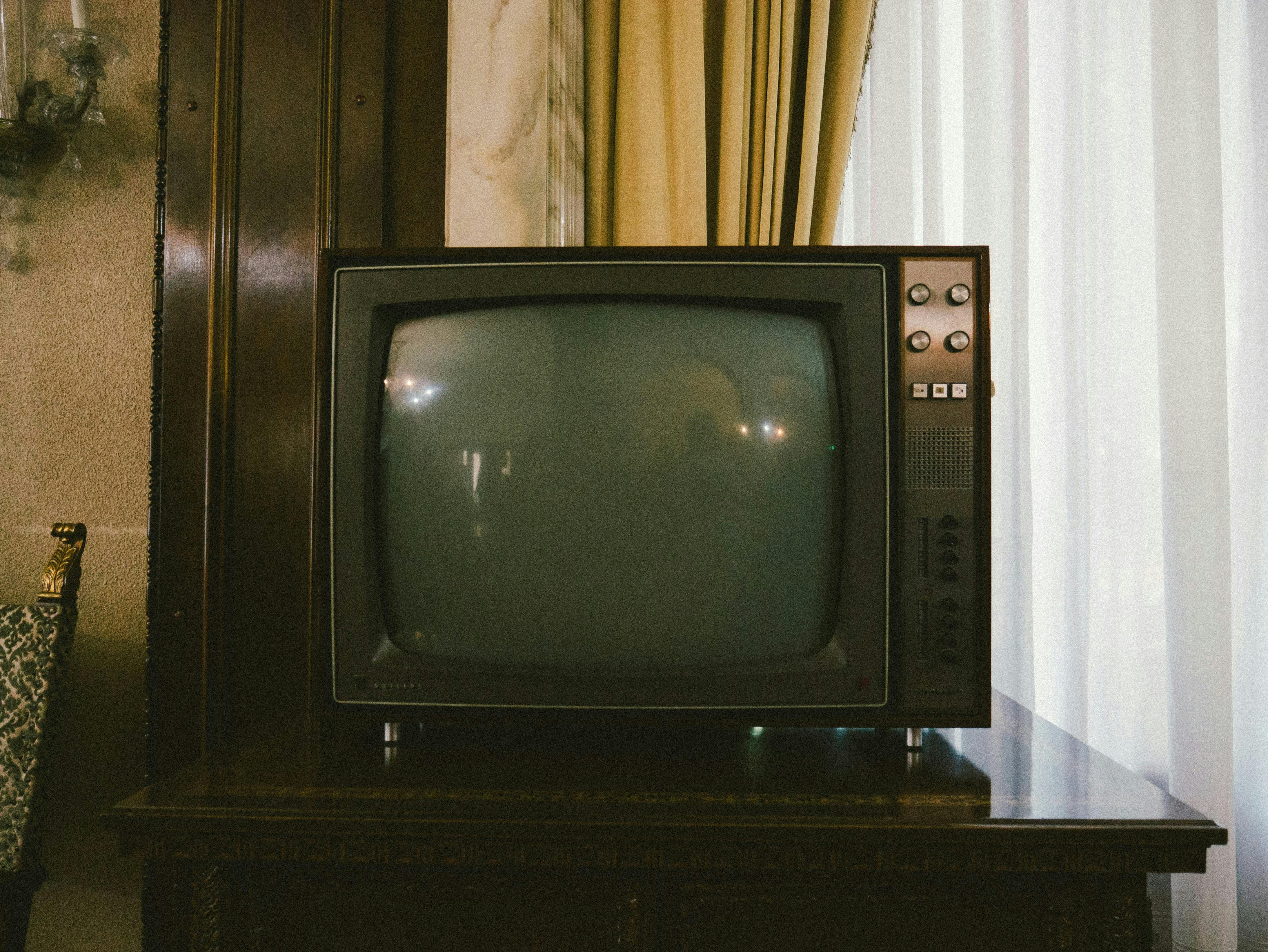Choosing the best laptop is a largely subjective decision that comes down to your primary use cases, your preferred operating system, and your budget. In other words, there’s no such thing as a universally best laptop.
This is an annoying fact of life for both laptop shoppers and those of us doling out “best laptop” recommendations, since we can’t make custom judgment calls for everyone in need of a new machine. (I would love to, but I’ve got a thing after this.) However, I can confidently point you in the right direction of some standouts that other members of the Mashable team and I have vetted and approved.
Best laptops to buy 2025
As of July 2025, we think the new 15-inch Apple MacBook Air (M4) is the best MacBook for most people. It’s a sleek-as-ever notebook featuring impressive performance, open-lid support for two external displays, a great 12MP Center Stage camera, and an extremely reasonable starting price of $1,199 (making it $100 cheaper than its M3 predecessor). What’s more, Amazon can’t stop putting it on sale.
The best cheap laptops for 2025
The best Windows laptop we’ve tested is the 13.8-inch Microsoft Surface Laptop 7, a sophisticated and snappy Copilot+ PC boasting an unrivaled battery life of nearly 23 hours. Note that Microsoft makes an Intel version that may appeal to users wary of Windows on ARM for app compatibility reasons, but it’s a business-oriented model with a significant markup.
Prime Day laptop deals are coming
If you’re particularly hung up on the “budget” part of laptop shopping, know that mid-summer is one of the best times to buy a laptop. That’s partly because of ongoing back-to-school discounts — even the Apple Store partakes — but it’s also due to the hubbub surrounding Prime Day, Amazon’s flagship summer sale for Prime members. (You can sign up for a free 30-day trial if you don’t want to commit to a paid membership.) This year’s festivities are scheduled for July 8 to 11, making it the longest Prime Day on record.
Normally slim on laptop deals, Amazon peppers its listings with better-than-usual discounts while Prime Day runs its course, giving extra attention to MacBooks, Surface laptops, and gaming laptops from Asus and Acer. Many models fall to new or year-round lows that we don’t normally see outside of Black Friday.
Help, I can’t stop recommending Amazon’s $849 M4 MacBook Air deal
Perhaps more importantly, Prime Day also spurs other tech retailers like Best Buy into running their own sales with competitive pricing that matches or beats Amazon’s, giving diligent shoppers more opportunities to save. Cross-checking these offers will be your best line of defense against overpaying, but if you don’t want to sift through the sea of sales yourself, I’ll also be tracking the top Prime Day laptop deals myself.
Read on for Mashable’s in-depth guide to the best laptops of 2025. FYI: We’ve listed the pricing and specs of our testing units, which may not apply to each laptop’s base model
A note about tariffs
Now is an especially weird time to be shopping for a new laptop. President Donald Trump’s tariffs on almost all imports upended the tech market, causing some computer manufacturers to increase their prices and others to temporarily pause U.S. sales. We’re monitoring this situation closely and will update this story if any of our top picks are affected. (None have been impacted so far, but the Asus ZenBook A14, a new contender we have in hand for testing, is now $100 pricier because of tariffs.)
What’s on deck
I’m nearly done reviewing the Framework Laptop 13 (Intel Core Ultra Series 1), a cult-favorite repairable laptop with a Mashable Choice Award-winning predecessor. After that, we’ll soon test the following laptops:
-
The Asus ZenBook A14, a featherlight Copilot+ PC with a durable “Ceraluminum” chassis, an OLED display, and a ridiculous rated battery life of up to 32 hours per charge. I briefly checked it out at CES 2025, and it took home our Best of CES laptop category award.
-
The Asus Vivobook S 15, a sub-$1,000 Copilot+ PC with a 3K OLED display, an RGB backlit keyboard, and a rated battery life of up to 19 hours.
-
The Lenovo Yoga Slim 7x (Gen 9), a handsome mid-ranger with an OLED touchscreen and a rated battery life of up to 23.5 hours.
-
The Acer Predator Helios 16, a 16-inch RTX 4080 gaming laptop priced at $2,299.99.
-
The MSI Stealth A16 AI+, a 16-inch RTX 4070 gaming laptop that costs just under two grand.
What we’ve tested lately (that didn’t make the cut)
I recently tried the Dell XPS 13 (9450), a 2024 Lunar Lake PC that’s the last of its kind. (Dell phased out the XPS series earlier this year.) It’s easily one of the prettiest and most stylish laptops I’ve ever gotten my hands on, largely thanks to its edge-to-edge design and the tandem OLED touchscreen display on my review unit: It’s luscious, bright, and finished with an Anti-Reflect coating that makes it immune to annoying glares. At 13.4 inches, the XPS 13 is an ultraportable stunner.
The XPS 13 also lasted over over 13 hours in our battery life test. That’s not an especially long runtime compared to other Windows laptops in our database, but it’s well above the category’s current median.
However, the XPS 13 over-prioritizes form over function in several ways that I found frustrating. Its zero-lattice keyboard is cramped, stiff, and topped off by an odd touch function row. Its fussy touchpad would click when I wanted to scroll and drag when I wanted to click. Most egregiously, the XPS 13 only has two Thunderbolt 4/USB-C ports — there’s not even a headphone jack! (First, they came for our smartphones…)
The overall value prop for its internals just isn’t there, either. My mid-range Intel Core Ultra 256V loaner with 16GB of memory and 512GB of storage costs $1,849.99. (Most Windows laptops and MacBooks we’ve tested in that price range are stronger performers with at least 1TB of storage, and some have double the RAM.) Granted, the XPS 13 starts at $1,199.99 if you scrap its tandem OLED display, which is an optional add-on, but I think that’s one of its biggest draws. I ultimately rated it a 3.8/5.
In January, I tested the HP OmniBook Ultra Flip 14, a 2-in-1 Lunar Lake laptop priced at $1,899.99 as tested (with an Intel Core Ultra 258V processor, 32GB of RAM, and 2TB of storage). It’s a beautiful machine with a colorful 3K OLED touchscreen display, a satisfying keyboard, a velvety touchpad, and a dark aluminum chassis that gives it a moody and elegant look. It also lasted an impressive 15 hours in our battery life test. That said, it has some baffling port placements and some very disappointing performance benchmark results.
In a Geekbench 6 multi-core test, my OmniBook Ultra Flip 14 scored slightly lower than the M2-powered MacBook Air from 2023 and significantly lower than its own predecessor. That would be last year’s HP Spectre x360 14, which had a mid-range Core Ultra Series 1 processor as tested. I expected way more from a machine with Intel’s freshest upper mid-range CPU.
Ultimately, I rated the OmniBook Flip 14 a 4.4/5 — very respectable, but just shy of being a Mashable Choice Award winner. It’s a flashy premium hybrid for splurgers who want a future-proofed laptop that won’t work very hard, but the zippier Lenovo Yoga 9i 14 feels like a better value for most people at $1,449.99 as tested.
If you’re choosing between the two HP models, I’m also tempted to recommend the Spectre x360 14 over the OmniBook Ultra Flip 14. It offers more power and better top-firing speakers for a comparable price.









